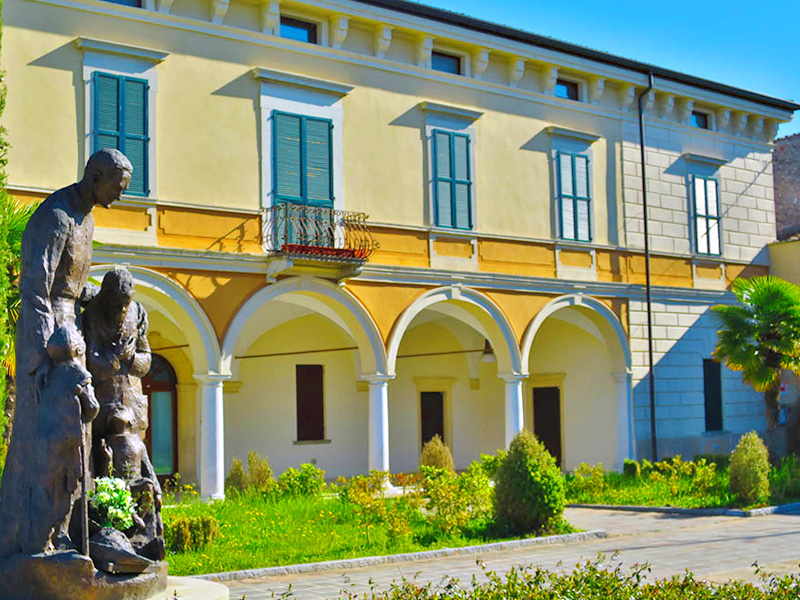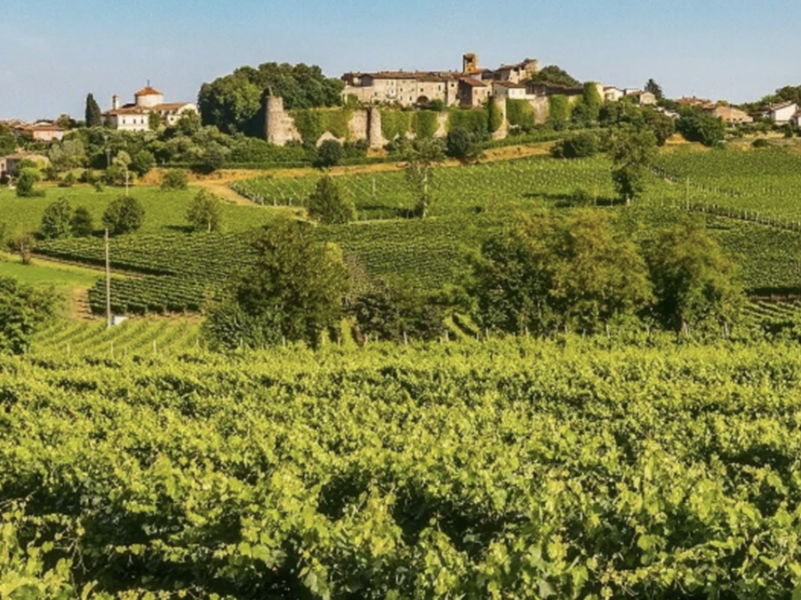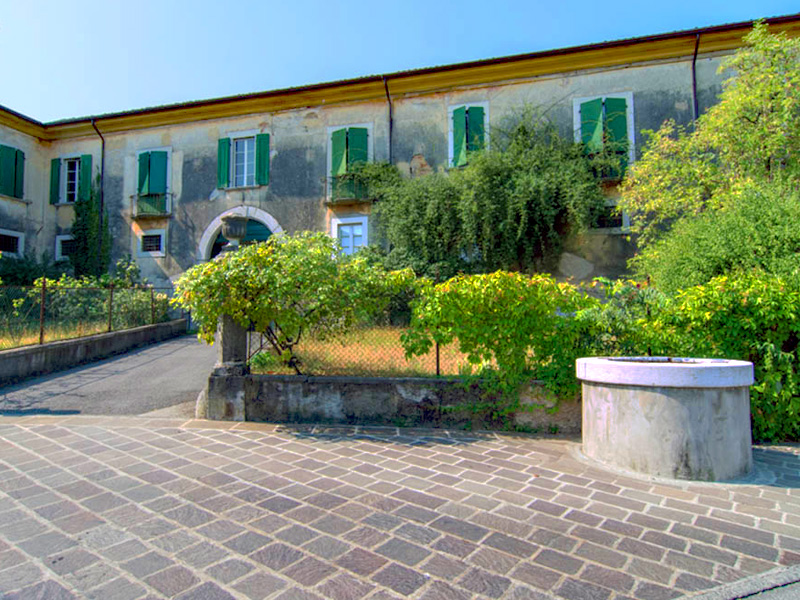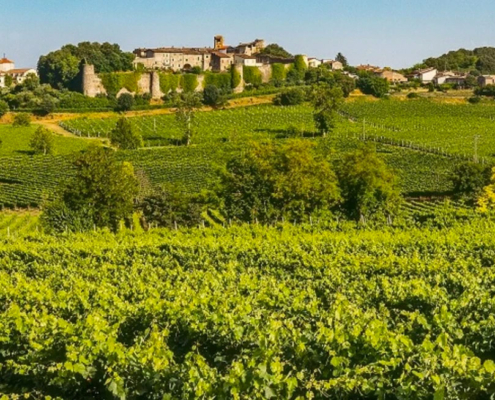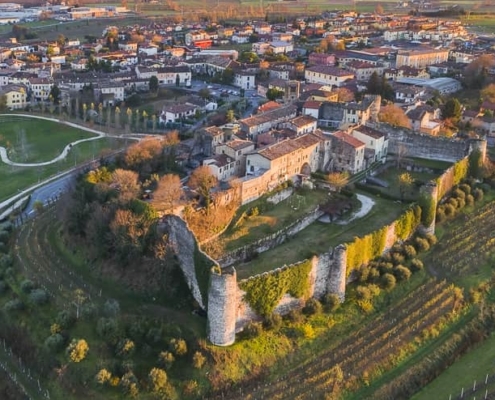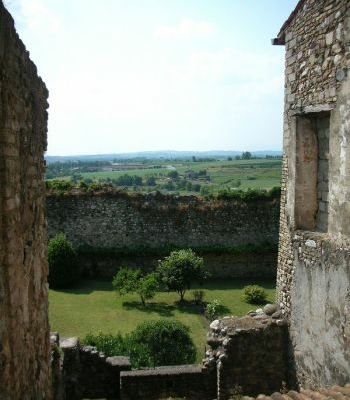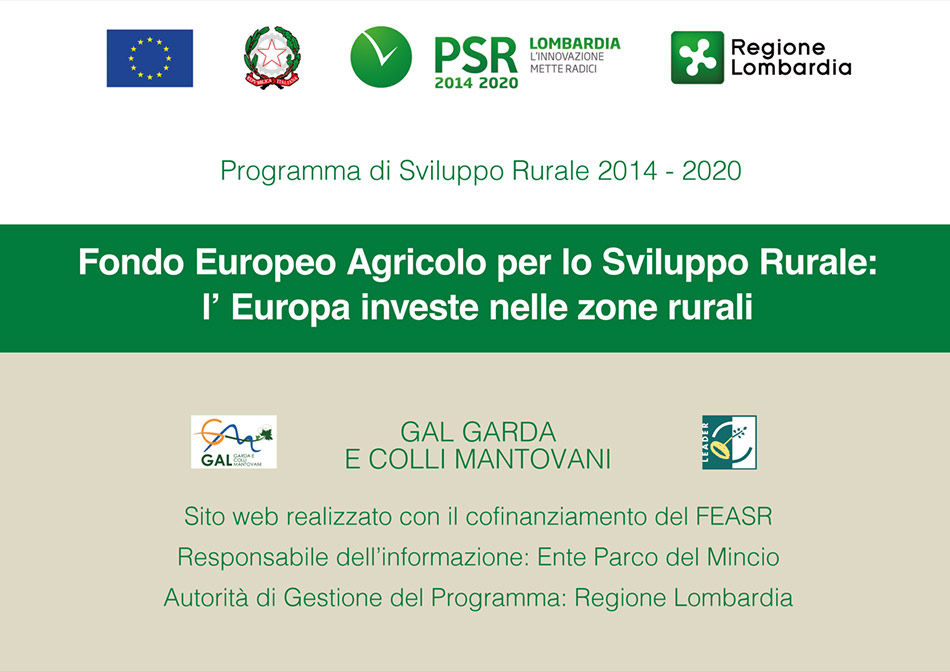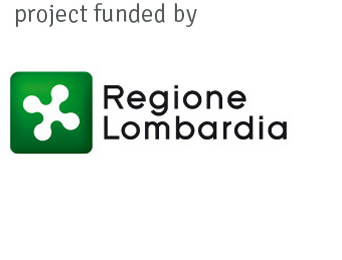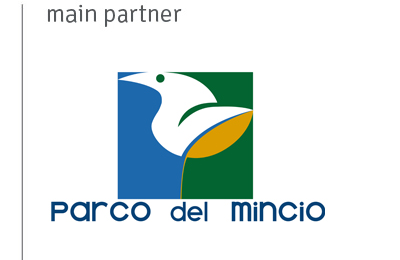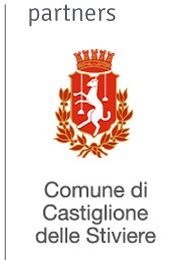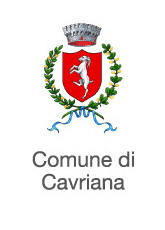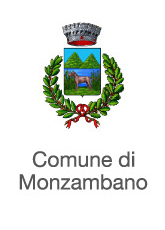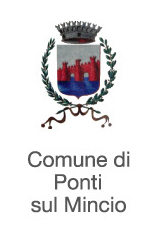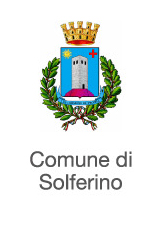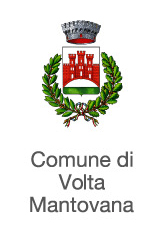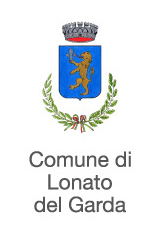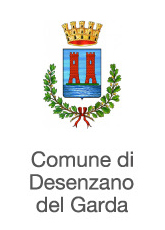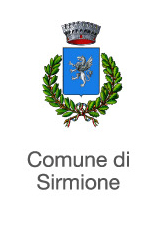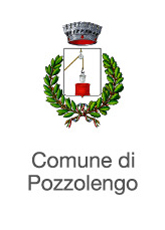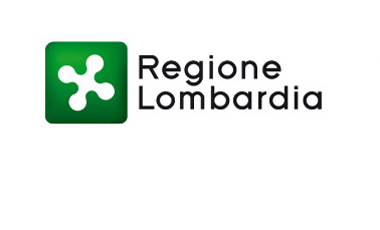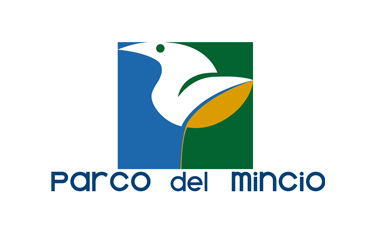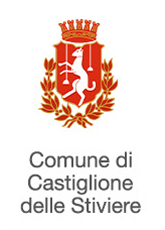![]() – Pozzolengo
– Pozzolengo
The medieval village
The very important historical past of Pozzolengo is testified by a mighty fortified medieval village (“Castello di Pozzolengo”) built approximately in the 9th – 10th century, rebuilt in the 13th century and renovated in the 16th century.
The name Pozzolengo derives from Pocelengum of which two interpretations are given: in the first the etymology of the name is analyzed “poce” = village and “lem” = countryside therefore country town, in the second reference is made to the numerous wells present in the area and from which the municipal seal also draws inspiration, which features the sign of a well.
The last natural balcony on the expanse that hosts the “Lugana” wine-growing area, Pozzolengo lies among the Morainic Hills on the border between the provinces of Brescia, Mantua and Verona, alternating plateaus with small hills, rows of poplars, willows, plane trees and elms wetlands, spontaneously growing crops. The proximity of Lake Garda softens the climate and allows the development of different vegetative and faunal species.
The municipality is dominated by the mighty Medieval Castle, built on the top of Monte Fluno around the year 1000, inside which there is a fortified medieval village that is still inhabited today.
The Medieval Castle of Pozzolengo
The very important historical past of Pozzolengo is testified by a mighty fortified medieval village (“Castello di Pozzolengo”) built approximately in the 9th – 10th century, rebuilt in the 13th century and renovated in the 16th century.
The Castle containing some houses (castrum) stands on Monte Fluno.
It has a trapezoidal plan, with longer east and west sides and shorter north and south sides.
Numerous cylindrical towers are inserted into the curtain wall with Guelph battlements, especially on the west and south sides, while on the north side there is a square tower (Mastio), which houses the entrance to the castle. One of the cylindrical towers has been used as a bell tower since the 15th century. Inside the Castle you can admire the remains of the Church of San Lorenzo martyr, protector of plague victims, which features fragments of a medieval fresco from the 1300s that covered the apse, depicting Christ together with the evangelists Mark and John.
The “Castle” has recently been enhanced thanks also to the redevelopment works of the internal streets completed by the Municipal Administration.
The village of Pozzolengo
The fortified medieval village is still inhabited today. Of this village, the following should not be forgotten: the parish church of San Lorenzo, built in 1510, which, located in the center near Palazzo Gelmetti, now the municipal seat, houses an organ from the 1600s and paintings of great artistic value; the Residenza Piavoli and the Residenza Brighenti, other fascinating pearls of local architecture.
In the nineteenth century Pozzolengo was the scene of the Risorgimento battles that led to the independence and unification of Italy and, in particular, of the battle of San Martino and Solferino on 24 June 1859 which concluded the Second Italian War of Independence.
Patron saint: San Lorenzo
Good to know
Look at the gallery
Click a TAG for similar articles
How to get
Via Castello, 13, 25010 Pozzolengo BS


